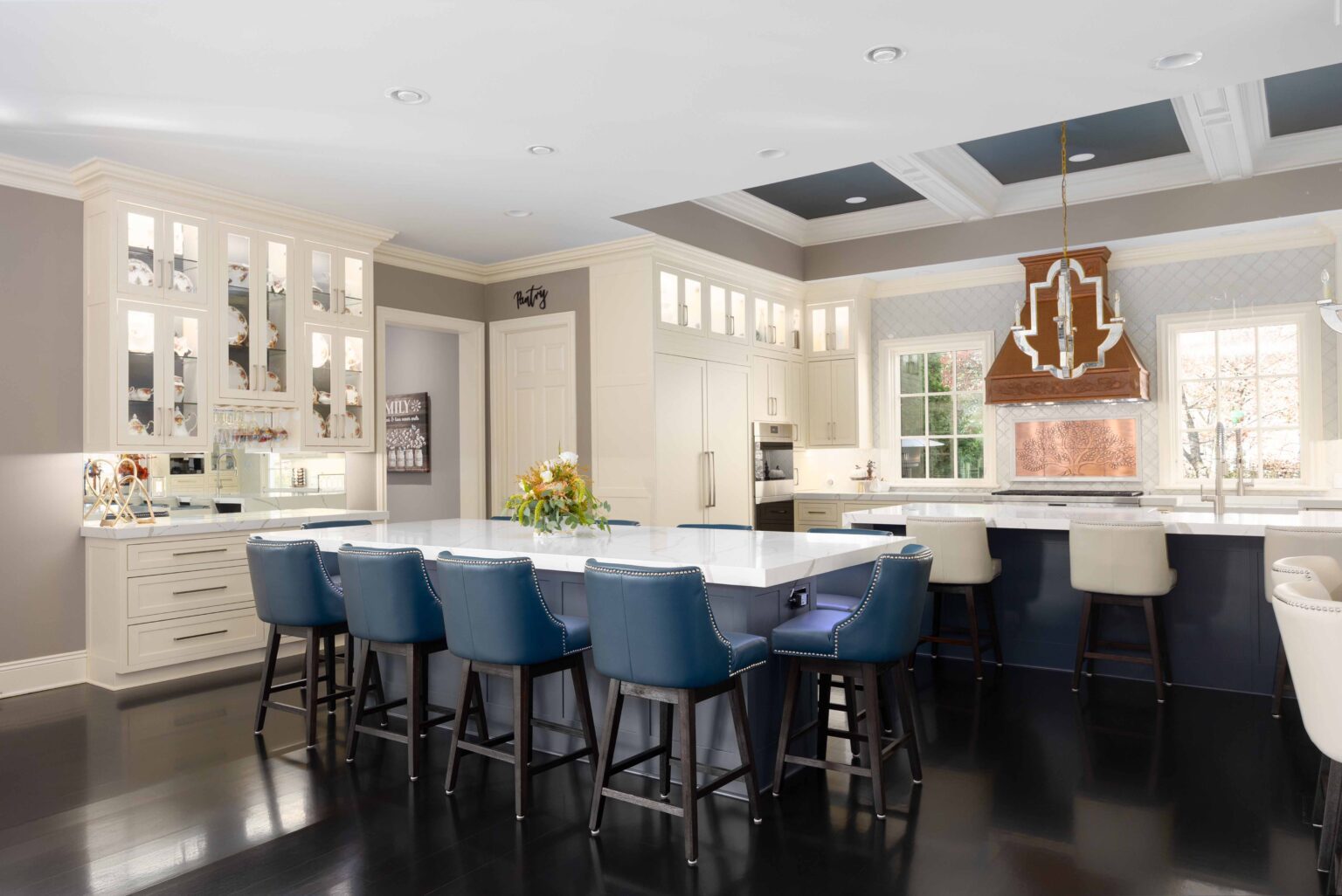5 Money-Saving Tips for Bathroom Remodeling Without Sacrificing Quality
Bathroom renovations are among the most rewarding home improvement projects you can undertake, adding both comfort and value to your home. However, the costs can quickly add up, and many homeowners hesitate, fearing bathroom remodels might break the bank. The good news is that with careful planning and smart choices, you can save significant money without compromising on quality or aesthetics.
If you're considering a bathroom remodel in 2025, here are five practical money-saving tips that will help you achieve a beautiful, functional bathroom while staying on budget.
1. Design and Budget in Advance to Avoid Unexpected Costs
One of the biggest causes of bathroom renovation budget overruns is poor planning. Before you start any demolition or material shopping, take the time to design your remodel and establish a clear budget that includes a contingency for surprises (generally 10-15% of your budget).
A well-thought-out design helps prioritize must-haves versus nice-to-haves, allowing you to focus spending on features that truly add value and function. It also helps you spot potential challenges early, like plumbing restrictions or electrical needs, so you can work with your contractor to find affordable solutions.
Professional designers or bathroom remodeling experts often offer consultation services that help you maximize your budget with efficient layouts and material choices. Early budgeting also reduces costly last-minute changes and labor delays.
2. Keep Your Plumbing Layout to Cut Major Costs
Moving plumbing fixtures is one of the priciest parts of any bathroom renovation. Significant changes to the drainage or water supply require rewiring, new piping, and extensive labor that quickly drives up costs.
To save money, try to maintain the existing plumbing layout and simply update fixtures in their current positions. For example, replacing your old vanity or toilet with similar-sized models avoids expensive plumbing modifications.
If you want a new fixture or layout style, consider minor adjustments that limit plumbing rework, such as moving a sink slightly or replacing a combined tub/shower with a walk-in shower in the same location.
Keeping plumbing in place minimizes labor and material overhead and speeds up your renovation timeline.
3. Strategic Tile Placement: Less Is More
Tiling is another major expense, both in materials and labor. While a fully tiled bathroom can create a luxurious atmosphere, it's not always necessary or budget-friendly.
Consider tiling only high-moisture areas such as the shower walls and around the sink rather than tiling from floor to ceiling on every wall. Partial tiling not only reduces material use but also decreases installation labor costs.
You can still achieve a stylish look by combining wall paint or waterproof wainscoting with carefully placed tile wallpapers or decorative mosaic accents. Additionally, choosing mid-range ceramic tiles instead of premium natural stone can save money without sacrificing durability or style.
Bulk ordering tiles and materials ahead of your project also helps lock in better prices and reduces transport costs.
4. Smart Material Choices for Durability and Savings
Selecting the right materials can balance aesthetics, quality, and price. For example, engineered quartz countertops mimic the look of natural stone with better stain resistance and lower cost. Similarly, vinyl flooring options like luxury vinyl planks offer water resistance and affordability compared to ceramic tiles or hardwood.
Cabinetry made from plywood or MDF with durable finishes costs less than solid wood but can deliver long-lasting performance with proper care. Look for moisture-resistant materials and low-VOC paints to protect your bathroom environment.
When shopping for fixtures and finishes, keep an eye out for seasonal sales, clearance events, or manufacturer rebates. Mixing statement pieces with budget-friendly components—such as pairing an affordable vanity with high-quality faucet hardware—can elevate your bathroom's look without exploding costs.
5. DIY Where Appropriate, But Know When to Call the Pros
Taking on some renovation tasks yourself can reduce labor costs dramatically, but bathroom remodels often require specialized plumbing, electrical, and waterproofing skills to ensure safety and code compliance.
Simple DIY projects like painting accent walls, installing towel bars, or assembling bathroom accessories are great ways to contribute without risking expensive mistakes.
Save the complex work, such as pipe installation, wiring for heated floors or lighting, and tile waterproofing, for licensed professionals. Their expertise prevents costly fixes down the line and guarantees a quality result.
Get multiple contractor quotes to compare pricing fairly. A good contractor will work with you to maximize your budget and suggest cost-effective alternatives that don't sacrifice quality.
Final Thoughts: Remodeling Smart Saves You Money
Bathroom remodeling doesn't have to be overwhelming or unaffordable. By planning carefully, maintaining plumbing layouts, choosing tiles smartly, selecting durable materials, and balancing DIY efforts with professional help, you can achieve a stylish, high-quality bathroom that fits your budget.
VSA Construction in Cleveland specializes in helping homeowners create dream bathrooms with transparent budgets and expert craftsmanship. If you're ready to start your bathroom remodel without breaking the bank, contact us today for a free consultation and personalized project plan.

